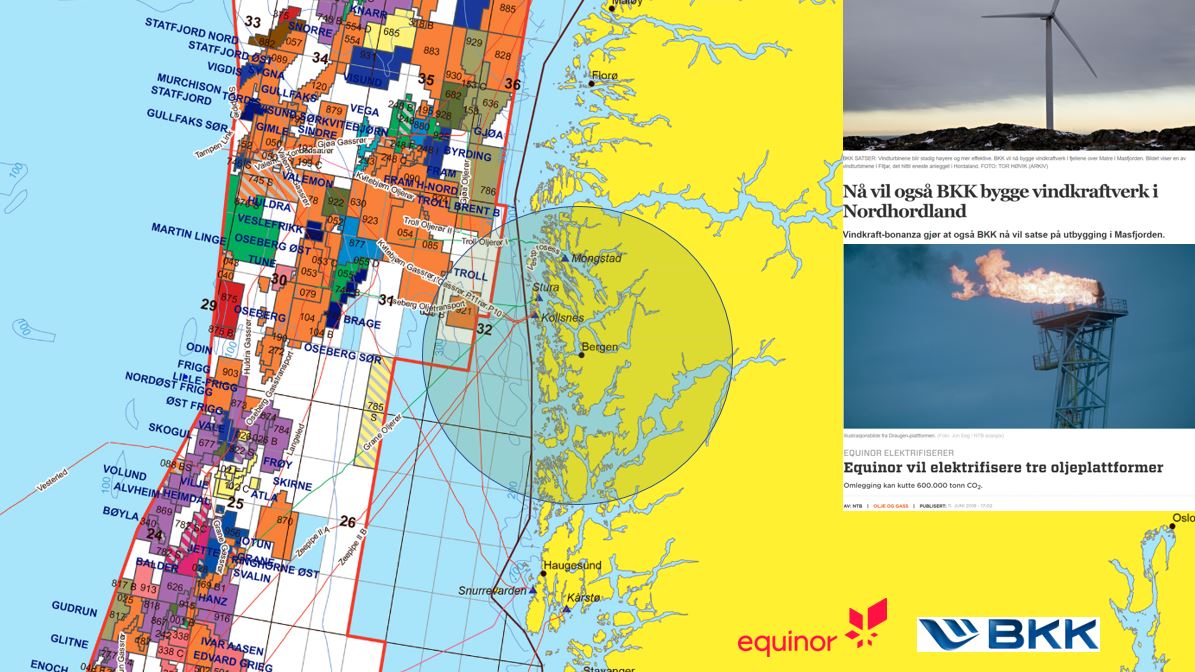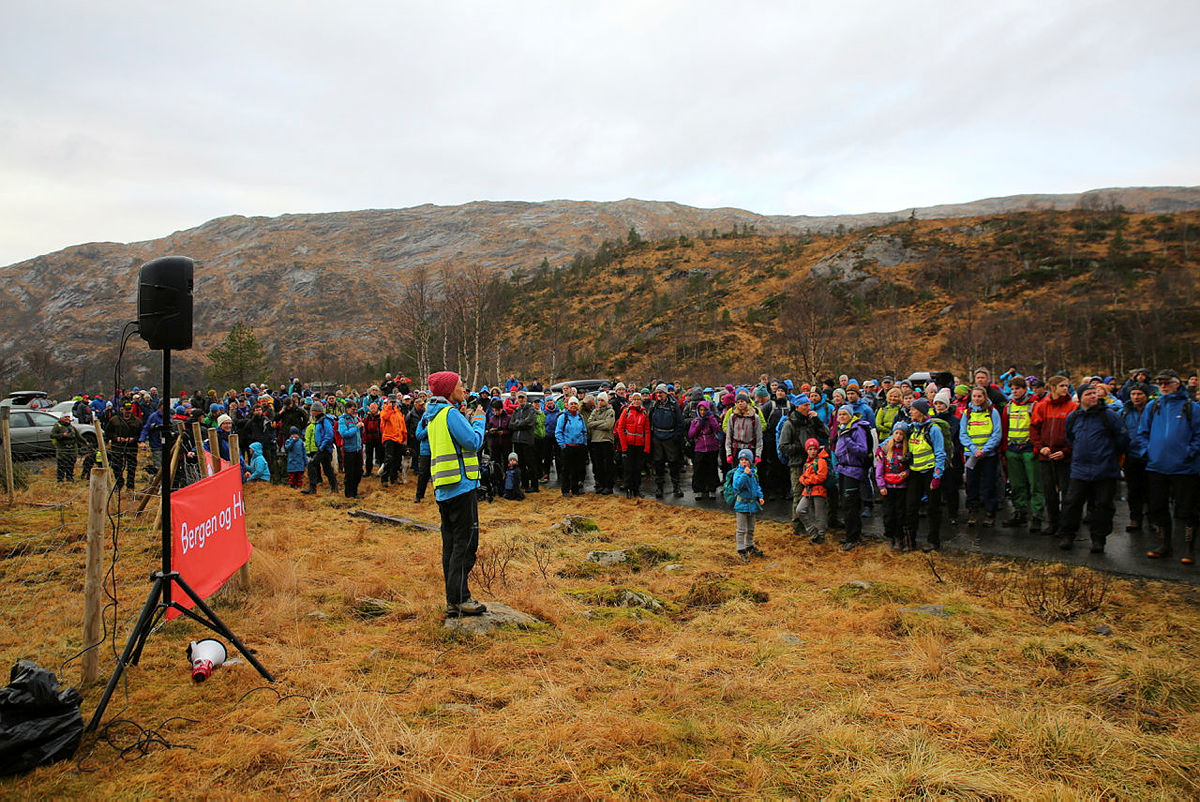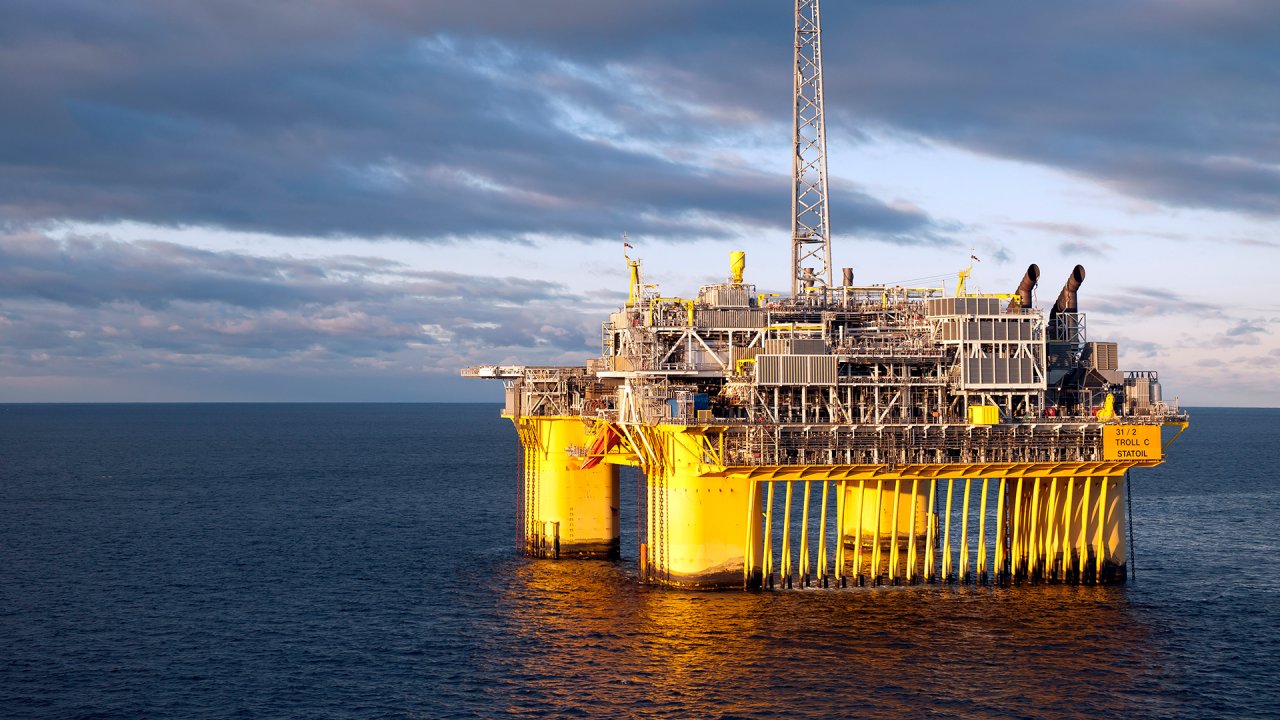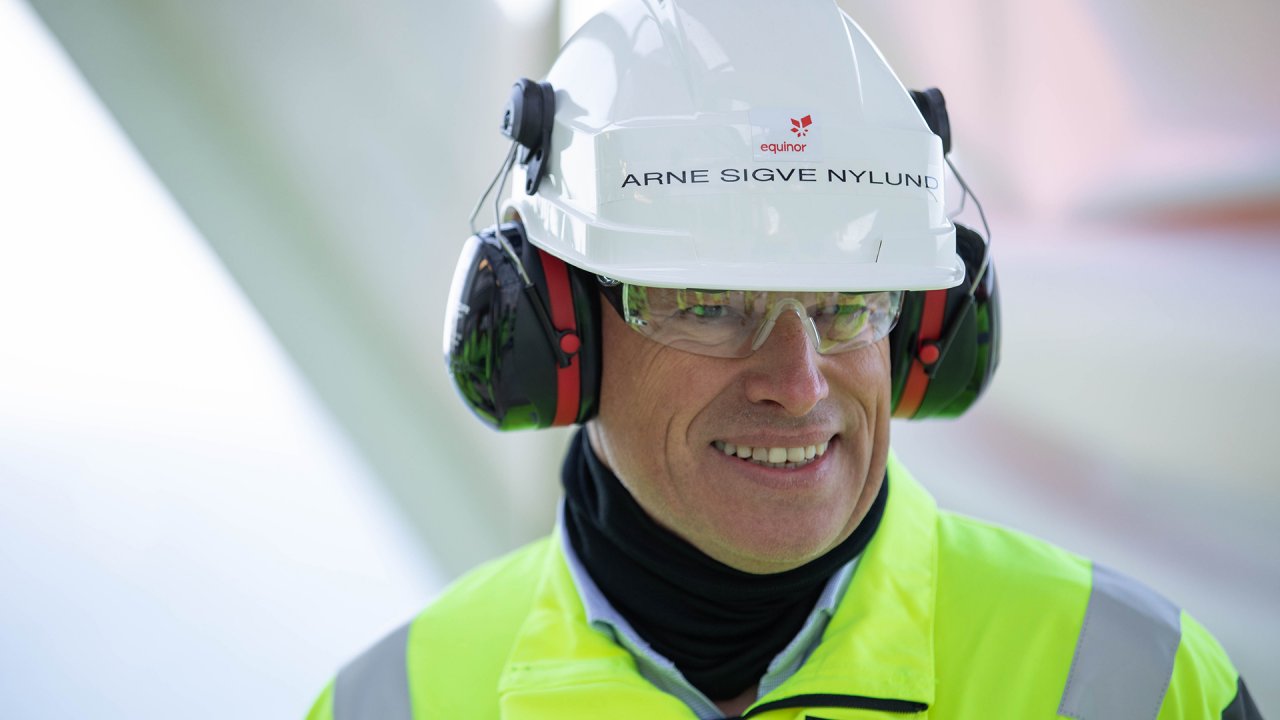 Map: BKK should look offshore for its wind power ambitions and support Equinors efforts to electrify their platforms on the Norwegian Continental Shelf and thereby massively cutting CO2 emissions. Windmills are not welcome in landscape protection areas or recreational areas. The production will also be more close to where the power is to be consumed. Bergen is world famous as “Gateway to the Fjords” and more and more tourists also seeks out our mountains for recreation, hiking, mountain biking, and skiing. Myrkdalen and Voss are both ski destinations close.
Map: BKK should look offshore for its wind power ambitions and support Equinors efforts to electrify their platforms on the Norwegian Continental Shelf and thereby massively cutting CO2 emissions. Windmills are not welcome in landscape protection areas or recreational areas. The production will also be more close to where the power is to be consumed. Bergen is world famous as “Gateway to the Fjords” and more and more tourists also seeks out our mountains for recreation, hiking, mountain biking, and skiing. Myrkdalen and Voss are both ski destinations close.

More electrification potential offshore Norway
 The Troll C platform in the North Sea. (Photo: Øyvind Hagen)
The Troll C platform in the North Sea. (Photo: Øyvind Hagen)Together with its partners, Equinor is looking at the possibility of supplying power from land to three platforms that are currently powered by gas turbines. The transition may cut CO2 emissions from Troll C and the Sleipner area by more than 600,000 tonnes per year.
The platforms that may be powered from land are Troll C and the Sleipner field centre that includes the Gudrun tie-in platform in the North Sea.
“Equinor’s ambition is to maintain our position as one of the world’s most carbon-efficient oil and gas producers. We are now looking at the possibility of supplying power from land to Troll C and the Sleipner area by utilising and expanding existing infrastructure from land. If we succeed, we will further improve our ability to deliver safe operations with high-value creation and low carbon emissions from fields we operate on the Norwegian continental shelf (NCS),” says Arne Sigve Nylund, Equinor’s executive vice president for the NCS.
On Troll C, the CO2 emission reduction potential is 365,000 tonnes per year by platform electrification. Electrification of the Sleipner field centre and Gudrun, which is powered from Sleipner, has the potential for reducing emissions by 250,000 tonnes per year. Electrification of these platforms may also lead to annual reductions of NOx emissions by around 2500 tonnes.
“Adding this to reductions that will be achieved by choosing land-based power supply to Johan Sverdrup, Gina Krog and Martin Linge, we see the potential for cutting more than 1.3 million tonnes of CO2 in total per year. This is equivalent to annual emissions from more than 650,000 private cars, or approximately every fourth private car on Norwegian roads,” says Nylund.
The electrification plans follow a mapping study that Equinor has made of own-operated NCS fields. The mapping identified Troll C and the Sleipner field centre, including the Gudrun platform, as the most suitable electrification candidates for further consideration.
“Powering major offshore oil and gas installations from land is no easy task. There are many challenges, both technical and financial, and several of our installations are in areas with no possibility of tying into a land-based power supply. The reason why we are looking at the potential for land-based power to Troll C and the Sleipner area is that they can utilise existing power supply infrastructure, they have large remaining resources and the measures will lead to considerable CO2 reductions,” continues Nylund.

Arne Sigve Nylund, Equinor’s executive vice president for Development & Production Norway. (Photo: Ole Jørgen Bratland)
All three platforms are in field areas that are already receiving power from land. On the Troll field the Troll A gas platform has been powered from land since it came on stream in 1996 and is operated with minimal production emissions. The aim going forward is to find a solution for tying Troll C to the same power solution by a power cable from the Kollsnes plant by Bergen.
The Johan Sverdrup field will be powered from land, together with several fields on the Utsira High, including Equinor’s Gina Krog field, which came on stream last year. Possibilities for extending the power supply from Gina Krog are being pursued, with the aim of connecting the Sleipner field centre and the Gudrun platform to the land-based power supply.
Securing profitability is central to succeed in realising such projects, and support from the Business Sectors NOx fund will be an important contribution. Nylund underlines that much work and analyses remain, both of technical and economic assumptions, before electrification on Troll C and Sleipner field centre can be decided by the partnerships. The electrification plans require close and targeted collaboration between Equinor, partners, and authorities to find good solutions from a technical and financial perspective.
To secure long-term value-creation on the NCS, we must focus on reducing the CO2 footprint from our operations. Last year Equinor reached its goal of reducing annual CO2 emissions from the NCS by 1.2 million tonnes from 2008 to 2020, almost three years ahead of schedule. Consequently, the company raised its ambition and aims to reduce CO2 emissions from its offshore operations by a further 2 million tonnes per year by 2030.
“Results prove that it is possible to meet ambitious emission cuts when we combine expertise, technology and a will to find profitable energy solutions on the NCS. The electrification plans for Troll C and the Sleipner area give us an opportunity to mature further substantial reductions through good collaboration in the licences and with authorities and the industry at large,” says Nylund.




41 Comments
Pingback: The World's Sustainable Gazette - Bergensia
Pingback: Bergensia just passed a 1000 articles - Bergensia
Pingback: buy ozempic online
Pingback: 티비위키
Pingback: 늑대닷컴
Pingback: เทคนิคเดิมพันใช้ได้จริง
Pingback: bandar togel
Pingback: relax outcall massage
Pingback: superkaya88
Pingback: peaceful piano music
Pingback: The World's Sustainable Gazette Bergensia features 1100 articles with 300.000 readers worldwide - Bergensia
Pingback: สล็อตเว็บตรง
Pingback: 웹툰 사이트
Pingback: ข่าวกีฬา
Pingback: japanese type beat
Pingback: aksara178
Pingback: magic mushroom dispensary denver
Pingback: quik
Pingback: กำแพงกันดินเชียงใหม่
Pingback: dultogel
Pingback: wm casino มีเกมพนันคาสิโน อะไรให้เล่นบ้าง ?
Pingback: เครื่องล้างจาน
Pingback: ซื้อหวยออนไลน์ เว็บไหนดี
Pingback: The World’s Sustainable Gazette Bergensia features 1200 articles with 380.000 readers worldwide - Bergensia
Pingback: แนะนำ เกม pg ใหม่
Pingback: ยอย coupling
Pingback: เว็บปั้มไลค์
Pingback: เช่ารถตู้พร้อมคนขับ
Pingback: Pirates 2
Pingback: chadabet
Pingback: rich89bet
Pingback: ร้านเค้กวันเกิดใกล้ฉัน
Pingback: บาคาร่าเว็บตรง
Pingback: EV Charger
Pingback: Las Vegas SEO
Pingback: https://www.setkavostok.com
Pingback: joka vip room sign up
Pingback: Angthong National Marine Park
Pingback: pgslot168
Pingback: vegus666
Pingback: Debelov